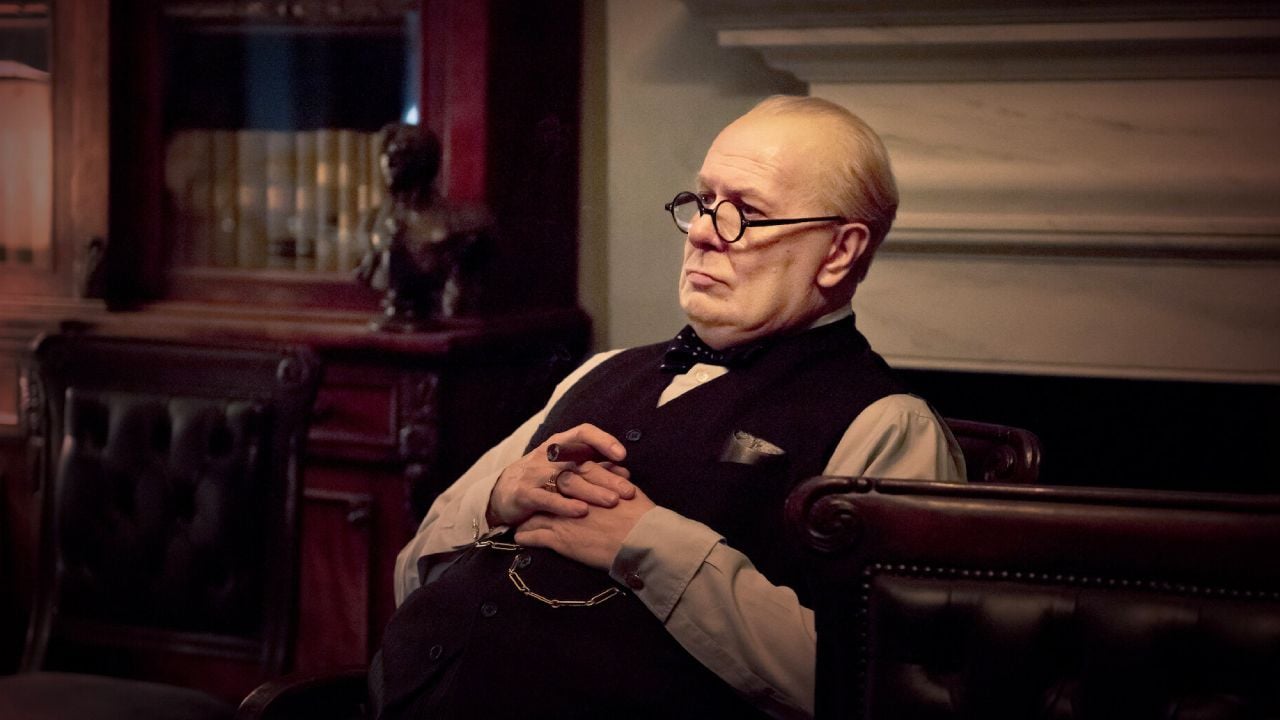The battle between television and social media has completely changed the course of entertainment
Who could have imagined that one day social media would become a worthy adversary to traditional television? In recent years we have witnessed a real battle between these two forms of entertainment, of which the Internet and smartphones have been the stages of this dispute.
Back in the early days, when television became popular, it dominated as the primary source of entertainment. Families gathered in front of the device to watch popular programs, soap operas, news and sporting events. It seemed that nothing could replace the magic offered by the small screen. However, with the advancement of technology and the advent of social networks, this scenario has begun to change.
Nowadays it is rare to find someone who does not have an account on at least one platform, such as Facebook, Instagram, Twitter, TikTok and many others. These social networks have become an essential part of our daily lives, allowing us to share moments, chat with friends, follow our idols and favorite brands and, of course, consume content.
And that’s when television started to notice the competition. People have started to look for more and more personalized content, in line with their interests and available at any time. And social networks, with their ability to provide targeted, interactive content, provided exactly what they were looking for.
Interestingly, despite this new preference for online content, Brazil is the country with the highest consumption of open TV in Latin America, watching an average of 4 hours and 54 minutes per day, with an audience share of 68 % last year, according to a study by Kantar Ibope Mídia carried out in May 2023.
The arrival of the influencers
The dispute between television and networks has further intensified with the emergence of digital influencers, who have become real celebrities on the platforms. These personalities gain a legion of followers and set trends, influencing how people consume entertainment. Many young people, for example, prefer watching videos of their favorite YouTubers rather than turning on the TV.
Now in its 18th year of life, YouTube consolidates its position as a leader in the distribution of videos on all screens, with over 76 million viewers on Connected TV alone. Brazilians are proof of the importance of this platform: seven in ten believe they pay more attention to YouTube content than other video platforms, according to research by Offerwise.
Kantar also indicates that the platform is the most followed by Generation Z, as it offers them access to content that they cannot find anywhere else.
Faced with this new panorama, the small screen has had to reinvent itself in order not to lose market share. Many broadcasters are now investing in interactive content, promoting social media discussions about their programs and making episodes available to stream on their platforms. Additionally, live streaming has become a strategy for providing real-time access to events and TV programs.
The battle that changed the world of entertainment
The battle between television and social media has completely changed the course of entertainment. Although the former still has its loyal audience, it is undeniable that social networks and the Internet have brought a new way of consuming content, more personalized and flexible. In the end, it is we, the viewers, the users and the marketing and media strategists who win.
By “inserting sardines” into my scope of practice, this evolution also demonstrates that a holistic approach to media, spanning digital and offline channels, is key to maximizing brand impact and recall. The “public overlay” effect generated by this combination is simply powerful and is always considered in the larger plans we develop at BKR.
The expansion of means and the integration of different types of media guarantees constant visibility, precise targeting, a dose of urgency to increase sales, while maintaining a coherent brand identity. This is reflected in higher visibility, more conversions and building a strong image foundation for our advertisers.
Rafaella Antunes is media director at BKR, an advertising agency that integrates cultural production into its business model.
Source: Terra
Ben Stock is a lifestyle journalist and author at Gossipify. He writes about topics such as health, wellness, travel, food and home decor. He provides practical advice and inspiration to improve well-being, keeps readers up to date with latest lifestyle news and trends, known for his engaging writing style, in-depth analysis and unique perspectives.








